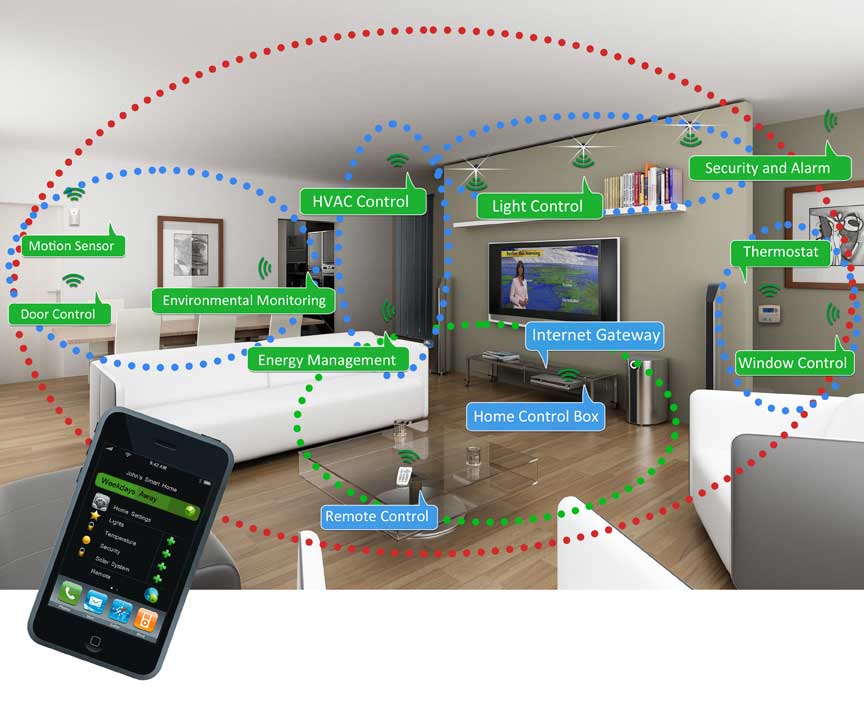Whether you’re going out of town for a week or heading to the grocery store, your home and your belongings are at their most vulnerable when no one is there. Nearly three-quarters of all household burglaries occur while no one is home, and that’s primarily because burglars want to get in and out of the home as quietly as possible. That means protecting your home and your possessions from burglary is a matter of making it as difficult as possible for burglars to ply their trade. Although news reports can focus on sophisticated criminals who research their victims before striking, the vast majority of burglars are amateurs. These criminals act impulsively, burglarizing a home because they see an immediate opportunity for a quick score. There are numerous ways homeowners can protect their homes by making them much less inviting for these criminals. Here are a few examples:



